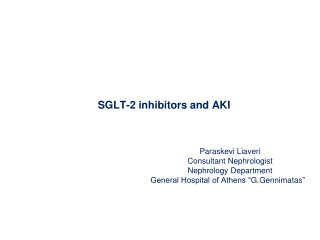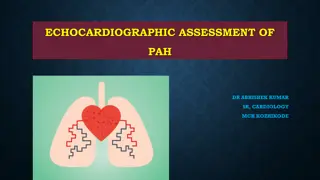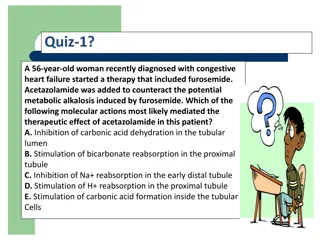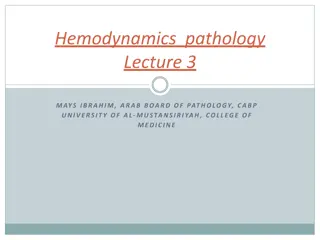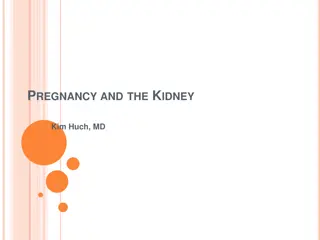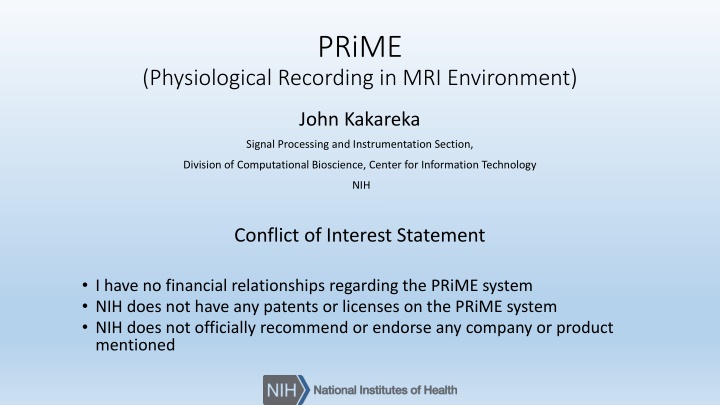
PRiME Technology: Physiological Recording System for MRI Environments
Explore the PRiME system developed by John Kakareka at NIH, enabling physiological recording in MRI environments with components for signal acquisition, control, and noise removal. Learn about its applications, technology transfer for early adopters, and cost estimates for assembly. Check out the provided guidelines and resources for building and testing your own system.
Download Presentation

Please find below an Image/Link to download the presentation.
The content on the website is provided AS IS for your information and personal use only. It may not be sold, licensed, or shared on other websites without obtaining consent from the author. If you encounter any issues during the download, it is possible that the publisher has removed the file from their server.
You are allowed to download the files provided on this website for personal or commercial use, subject to the condition that they are used lawfully. All files are the property of their respective owners.
The content on the website is provided AS IS for your information and personal use only. It may not be sold, licensed, or shared on other websites without obtaining consent from the author.
E N D
Presentation Transcript
PRiME (Physiological Recording in MRI Environment) John Kakareka Signal Processing and Instrumentation Section, Division of Computational Bioscience, Center for Information Technology NIH Conflict of Interest Statement I have no financial relationships regarding the PRiME system NIH does not have any patents or licenses on the PRiME system NIH does not officially recommend or endorse any company or product mentioned
PRiME Overview Supports physiological recording of 6-lead ECG and 2 invasive blood pressure (IBP) channels This is not a marketed system, but rather design documents on how sites can assemble a non-significant risk medical device. Please adhere to local clinical and research standards if you plan to use these devices on patients. Benchmarks >24 pediatric patients at Children s National Medical Center in Washington, D.C. >6 adult patients at NIH numerous animal studies at NIH
PRiME 1stGeneration System Components 1. Physiological Signal Acquisition resides on patient table Designed specifically to reduce noise (i.e., gradient, RF pulse sequence) generated in an MRI environment Uses fiber optic cables to transfer digitized signals to control room 2. Control System and Adaptive Filtering resides in control room Uses gradient control signals from MRI to adaptively cancel gradient induced noise Real-time FPGA-based system designed using National Instruments Labview programming software Allows for display of signals; user control of system settings Provides trigger based on ECG or IBP signals which can output to MRI system Can be used for gated MRI sequences 3. Physiological Signal Converter resides in either control room or X-ray room Outputs transducer-level analog signals for integration with commercial recording systems (e.g., Siemens SENSIS, GE Maclab)
PRiME Example of Gradient Noise Removal Figure 1. Example of removal of MRI gradient-induced noise in a volunteer during a real-time imaging sequence. The top plot is the right arm electrode after acquisition and the bottom plot is same signal after the adaptive filter
PRiME Technology Transfer for Early Adopters All schematics, printed circuit board layouts, mechanical designs, bill of materials and software code will be made available at no cost with no licenses required Guidelines on how to assemble and test a system will be provided Information enabling an electronics assembly house to assemble all three components http://nhlbi-mr.github.io/PRiME/ Total estimated cost (including all hardware and software): $20,000 Figure 1. Physiological Acquisition System (black box) on IV Pole Figure 2. Control System and Adaptive Filter System located in the MRI control room Figure 3. Physiological Converter System located in MRI control room
PRiME Acknowledgements NHLBI, Cardiovascular Intervention Program Dr. Tony Faranesh Dr. Robert Lederman Children s National Medical Center Dr. Kanishka Ratnayaka CIT, Signal Processing and Instrumentation Section Tom Pohida Randy Pursley Jessica Crouch


